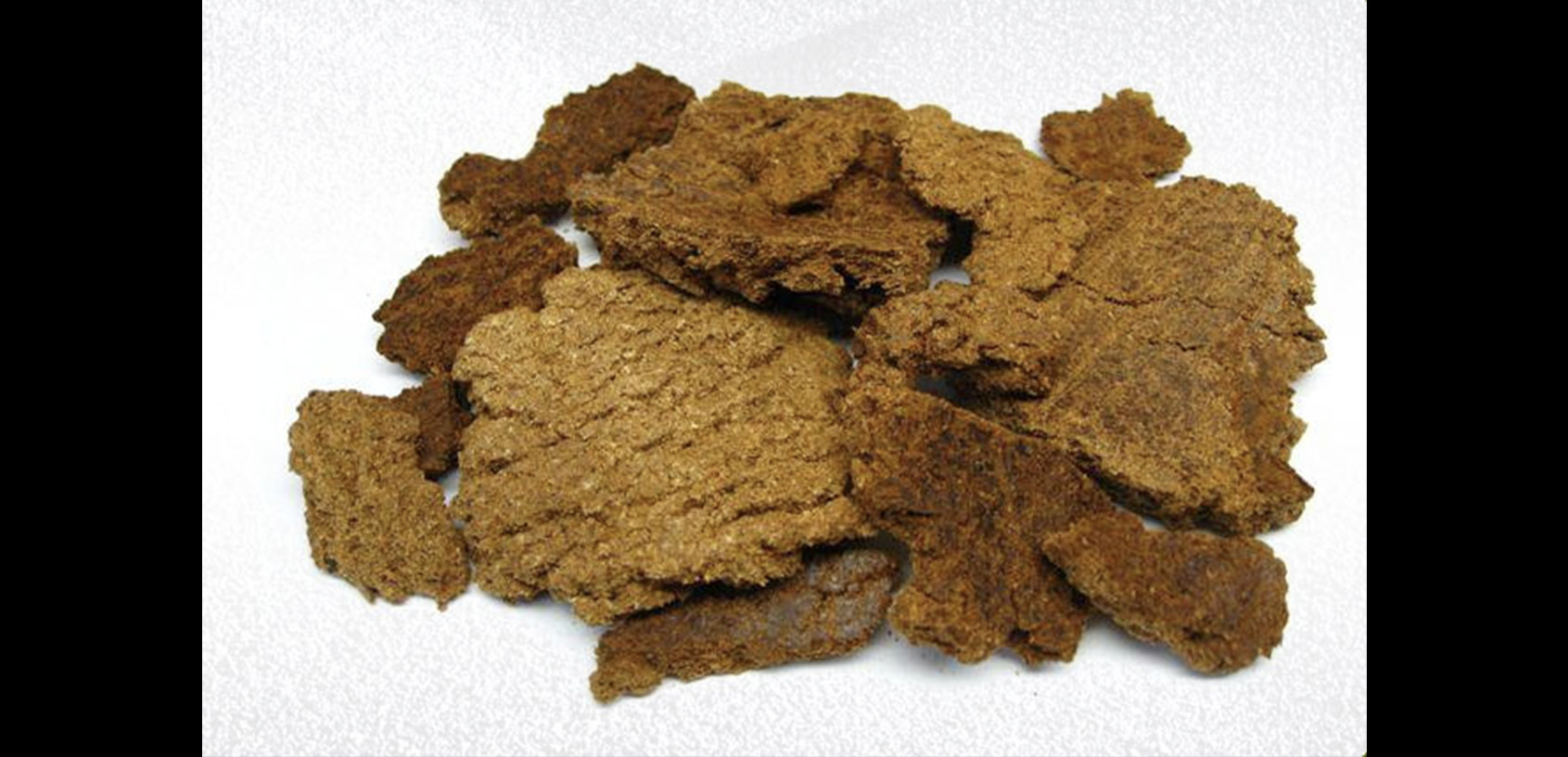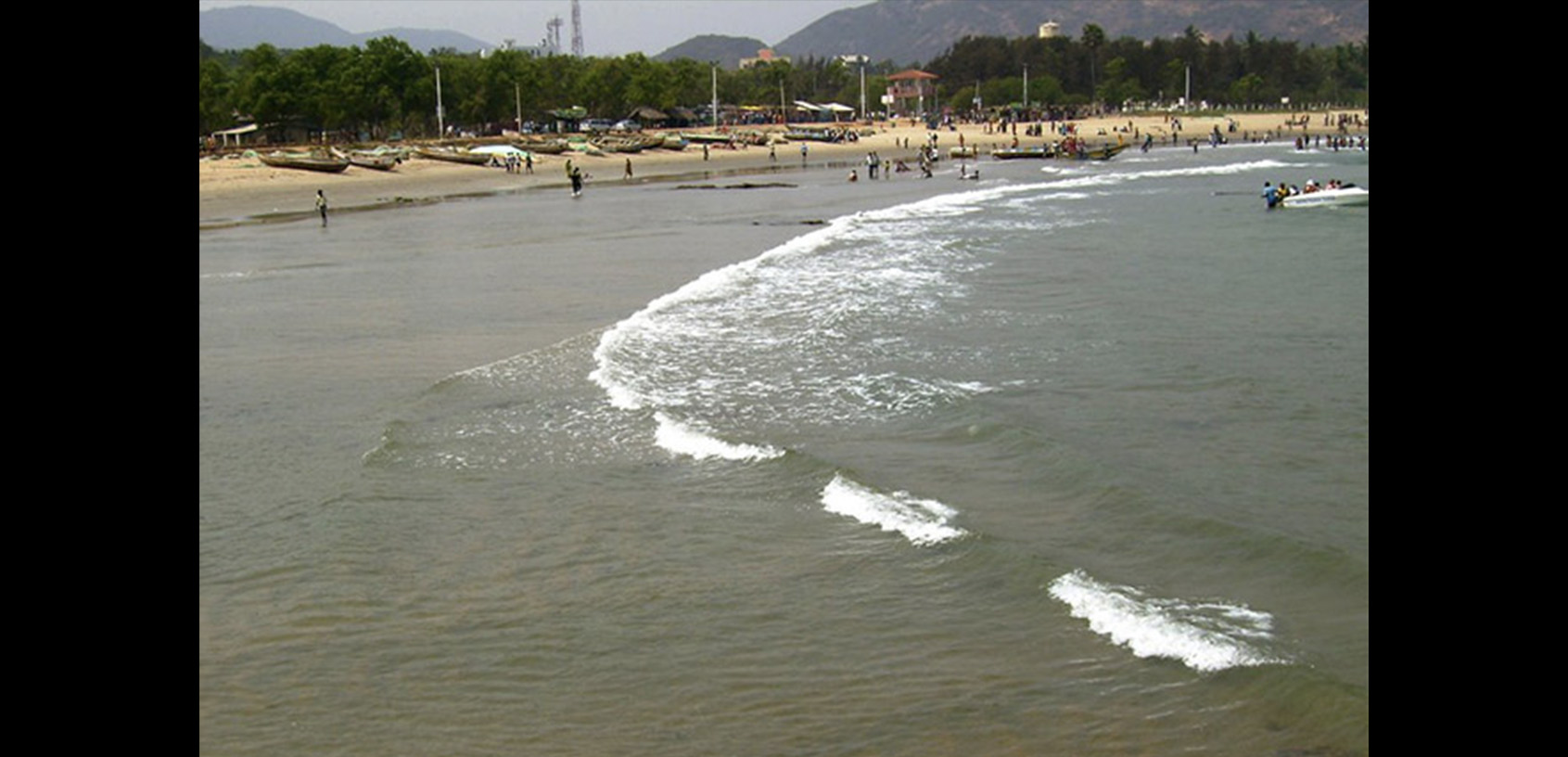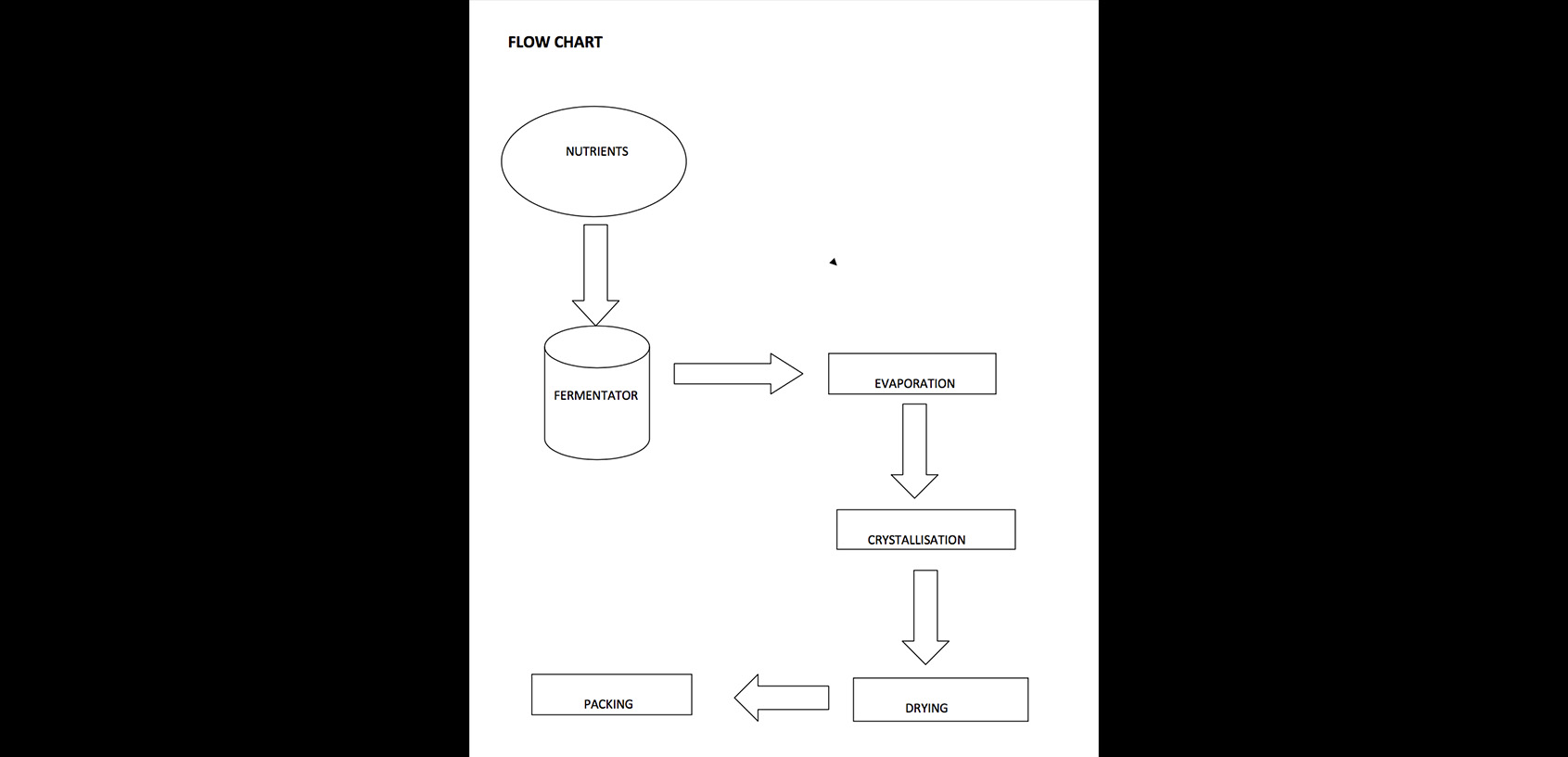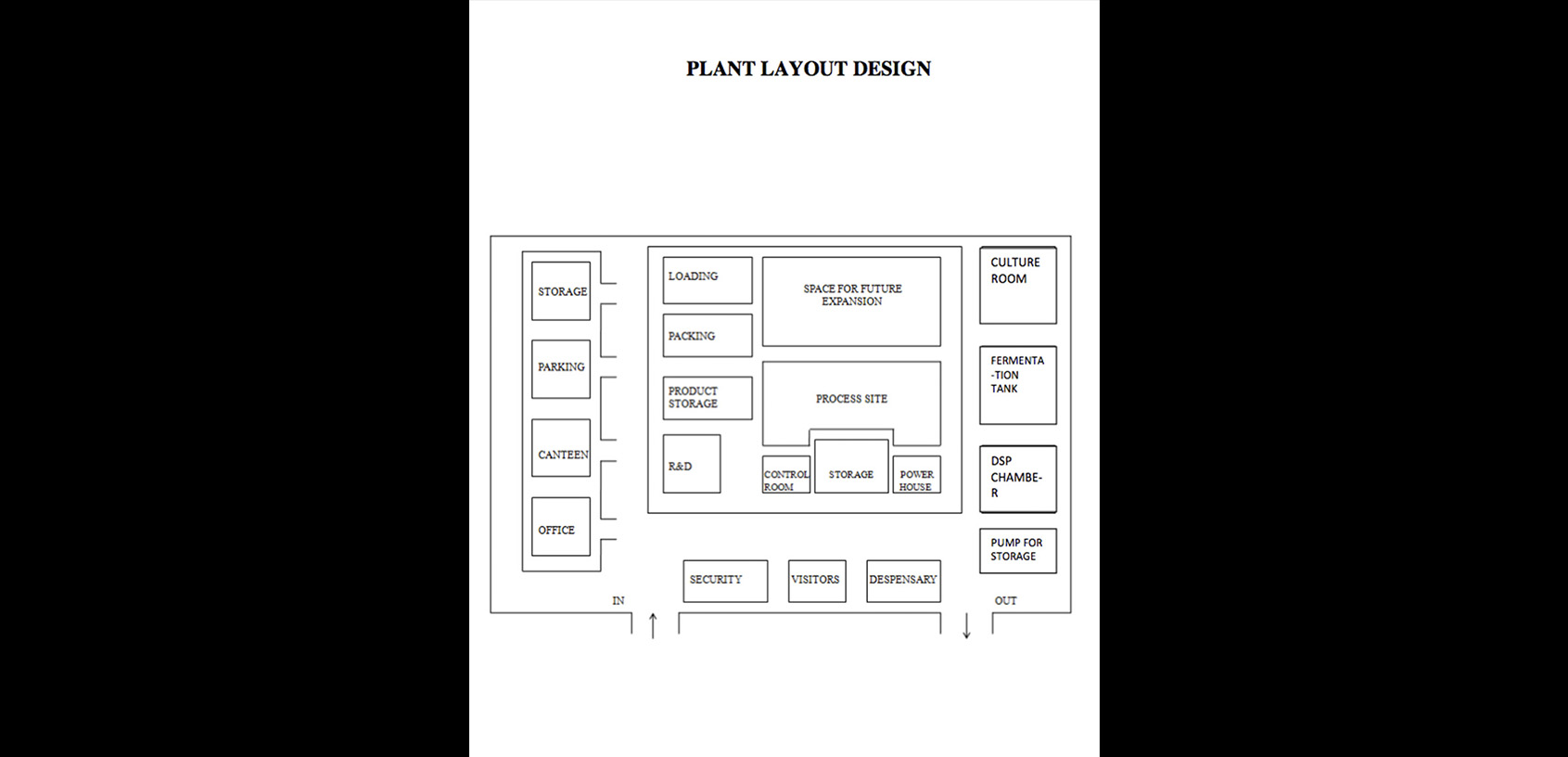Study of production of lipase enzyme from actinomycetes bacteria (streptomyces grieus) using groundnut cake
Lipases are acyl hydrolases and water-soluble enzymes that play a key role in fat digestion by cleaving long-chain triglycerides into polar lipids. Because of an opposite polarity between the enzyme (hydrophilic) and their substrates (lipophilic), lipase reaction occurs at the interface between the aqueous and the oil phases. Lipase (triacylglycerol acylhydrolase, EC 3.1.1.3) has broad applications in the food, oleochemical, pharmaceutical and detergent industries as well as in diagnostic settings. Furthermore, novel biotechnological applications have been successfully established using lipases for the synthesis of biopolymers and biodiesel. In view of the increasing understanding of lipases and their many applications in high-value syntheses and as bulk enzymes, these enzymes are having an increasing impact on bioprocessing. Lipase production from a variety of bacteria, fungi and actinomycetes has been reported by several. These are the most versatile industrial enzymes and are known to bring about a range of bioconversion reactions. This compendium throws light on the developments in the field of fermentation of lipases and their scale up. Recently, interests have been shown on submerged fermentation of lipases in order to facilitate the use of low cost agricultural wastes as substrates.
The general purpose of this project was to evaluate and report the use of groundnut cake as a substrate for lipase production by marine Actinomycetes strain in submerged fermentation has been studied and reported. The groundnut cake is rich in protein, cheap, abundantly available being an agro industrial waste and can be constructively used as one of the main constituent in medium formulation. The growth conditions were optimized for the maximum production of enzymes, which was recorded to be 3.35U/ml. Parameters such as pH, temperature, carbon and nitrogen sources were optimized. The lipase activity was found to be maximum in submerged fermentation in alkaline conditions at pH 9.0 under thermophilic conditions of temperature 40ºC. The main objective of the project was to provide a simple, rapid, cost effective, environmental friendly and practical method for the isolation of Streptomyces grieus from the marine soil. Marine water and soil samples were collected, isolated and strains of actinomycetes bacteria was identified. Furthermore, this work was focused on the mass and energy balance calculation of the lipase enzyme in the large scale industry, along with bioreactor and fermentation protocol designing.



